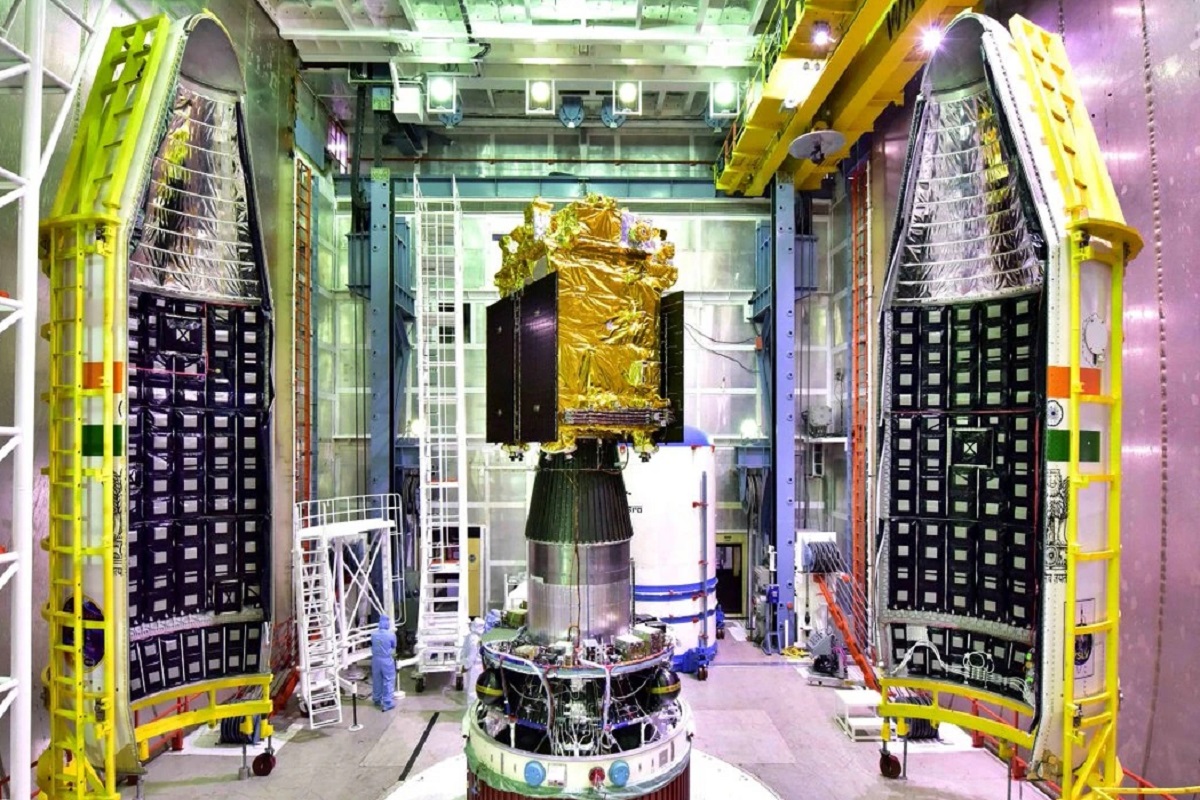Aditya L1 Solar Mission Launch: The Indian Space Research Organisation (ISRO) Saturday launched its first space-based observatory class solar mission – Aditya L1. The spacecraft on board PSLV lifted off from Andhra Pradesh’s Sriharikota. Aditya L1 at 11.50 am. Aditya L1 will be placed in a halo orbit around Lagrange Point L1 in the Sun-Earth system. The countdown for Aditya L1 started Friday. Before launch, ISRO said that all the necessary tests and launch rehearsal has been completed and the mission is good to go.
Here is you 10-point guide to Aditya L1 launch today:
Advertisement
1. Aditya L1 will be ISRO’s only space-based observatory to study the sun. The spacecraft will have several objectives such as studying the solar corona, the outermost layer of the Sun’s atmosphere.
2. The observatory will be crucial in understanding the interactions between the Sun and the Earth’s magnetosphere.
3. Aditya L1 spacecraft will carry seven payloads – Visible Emission Line Coronagraph(VELC), Solar Ultraviolet Imaging Telescope (SUIT), Solar Low Energy X-ray Spectrometer (SoLEXS), High Energy L1 Orbiting X-ray Spectrometer(HEL1OS), Aditya Solar wind Particle Experiment(ASPEX), Plasma Analyser Package For Aditya (PAPA), and Advanced Tri-axial High-Resolution Digital Magnetometers.
4. Aditya L1 will also help ISRO in studying the solar magnetic field around the sun. Another objective of the mission will be to analyse the solar wind, a stream of charged particles emitted by the Sun. It will also study the effect of solar activities around the Sun on the Earth.
5.The journey of the Aditya L1 spacecraft to the Lagrange Point L1 will be 15,00,000 km from the Earth and it will take 125 days to cover the distance. The staggering 1.5 million KM journey of Aditya L1 will not be an easy ride and involve several risk factors.
6. The spacecraft will be initially placed in a low-earth orbit before being launched towards the Lagrange Point L1. Once in the low earth orbit, the orbit will be made more elliptical, and on-board propulsion will launch the spacecraft towards Lagrange Point L1.
7. A Lagrange point (L point) is a location in space where the gravitational forces of the Earth and the Sun balance out. This allows a third smaller mass such as a spacecraft to orbit in a stable position with the two larger bodies.
8. There are five Lagrange points around the Sun. However, only two of them, L1 and L2 are stable. From unstable Lagrange Points, the object will eventually drift away. ISRO’s Aditya L1 will be placed around Lagrange Point L1, which is stable and will allow the spacecraft to stay in orbit for a longer time.
9. Aditya L1 mission will be a space-based observatory and it will remain functional for the next four years.
10. The solar mission will further cement India’s place among the world’s major space powers after historic Moon landing of Chandrayaan 3.











